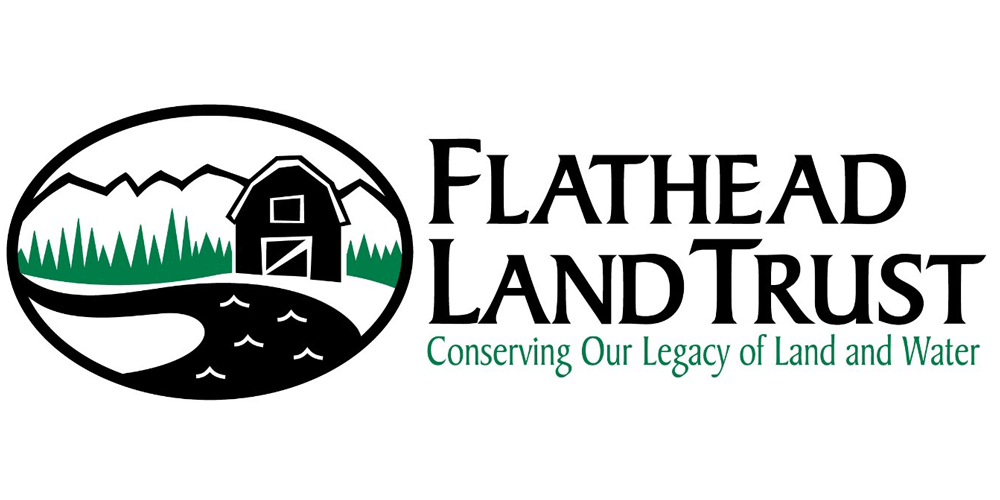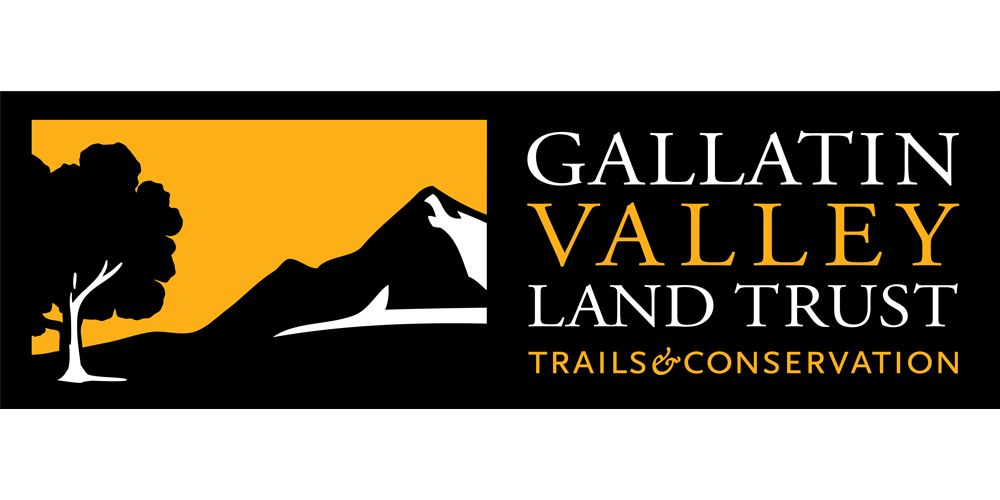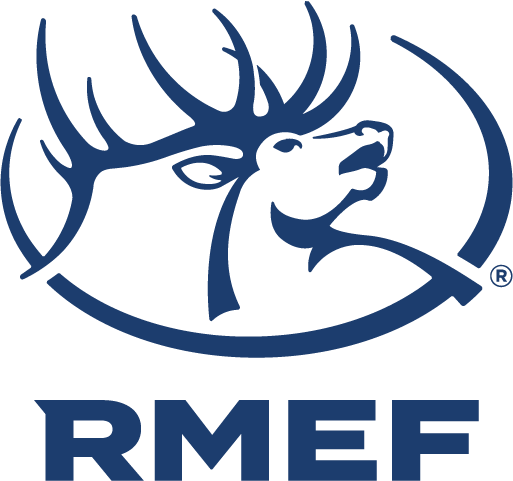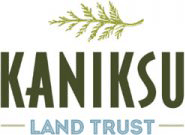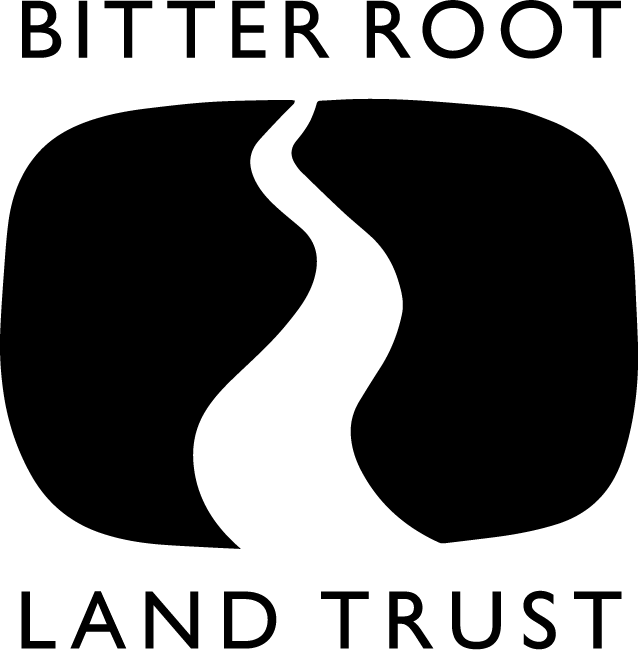At The Nature Conservancy’s Matador Ranch, a pioneering grassbank, ranchers find ways to keep their working lands viable and the community strong.
After living in Montana for nearly twenty years, Clifford Merriman, like a lot of folks here, developed a love for ranching. In 2012, Clifford, 42, and his wife purchased a farm in Phillips County, fifteen miles south of Malta, with a down payment loan from the Farmer Service Agency (FSA) that was enough to cover the cost of equipment and operating expenses. Starting a ranch is challenging, especially in this area where runnable ranches cost around $5 million. Rising land prices, driven by out-of-state investors, make it difficult for young people to manage farming costs.
The Merrimans initially started organic farming: spring and winter wheat, barley, winter rye, safflower, lentils, yellow peas, garbanzo beans, flax and canola, but expanded into cattle ranching as a financial move to stay on the place —but they didn’t have enough range for a large herd. They had only ten cows on their property, which wasn’t economically viable given equipment costs have quadrupled in the last decade and a half. The family still struggled with soaring costs and limited resources.
“It looked like it would be years before we saw a substantial profit due to tax liabilities,” Merriman said. “Since we needed to meet land payments, we might find ourselves in the red, with little left for food, and facing a heavy tax burden. If we engaged in equipment trading, we risked sacrificing our retirement savings – a common struggle among many farmers and ranchers.”
Then, they were invited to run cattle on the Nature Conservancy’s Matador Ranch, a new cooperative ranch south of their home. TNC uses the ranch as a cooperative grassbank, a unique partnership offering ranchers grazing access in exchange for practicing sustainable measures on their home ranches. Ten to fifteen members, who are local ranchers, can sustainably graze their one-hundred-head units of cows and calves during spring, summer, and fall.
The Matador has been a saving grace for the Merrimans, helping them expand their cattle operation and save money they can put toward equipment costs. It’s allowing young ranchers to continue in a Montana way of life from which they would otherwise be shut out.
Montana is currently facing unprecedented challenges to its agricultural scene. As the state’s population grows exponentially, land prices soar, farm equipment costs continue to rise, and many ranches and farms have been forced to shutter businesses. The threat of subdivision looms over many of Montana’s intact working lands. Unable to see a feasible future, children of working farmers and ranchers are leaving rural life to head to urban centers. But there are also significant glimmers of hope today.
In addition to voluntary private land protection tools like conservation easements (also known as land protection agreements), landowners are developing new and innovative solutions to enable farmers and ranchers to keep working lands in the family. The Matador Ranch is one such solution, and it doesn’t just help keep farms and ranches viable; it strengthens the community through mentorship and cooperation.
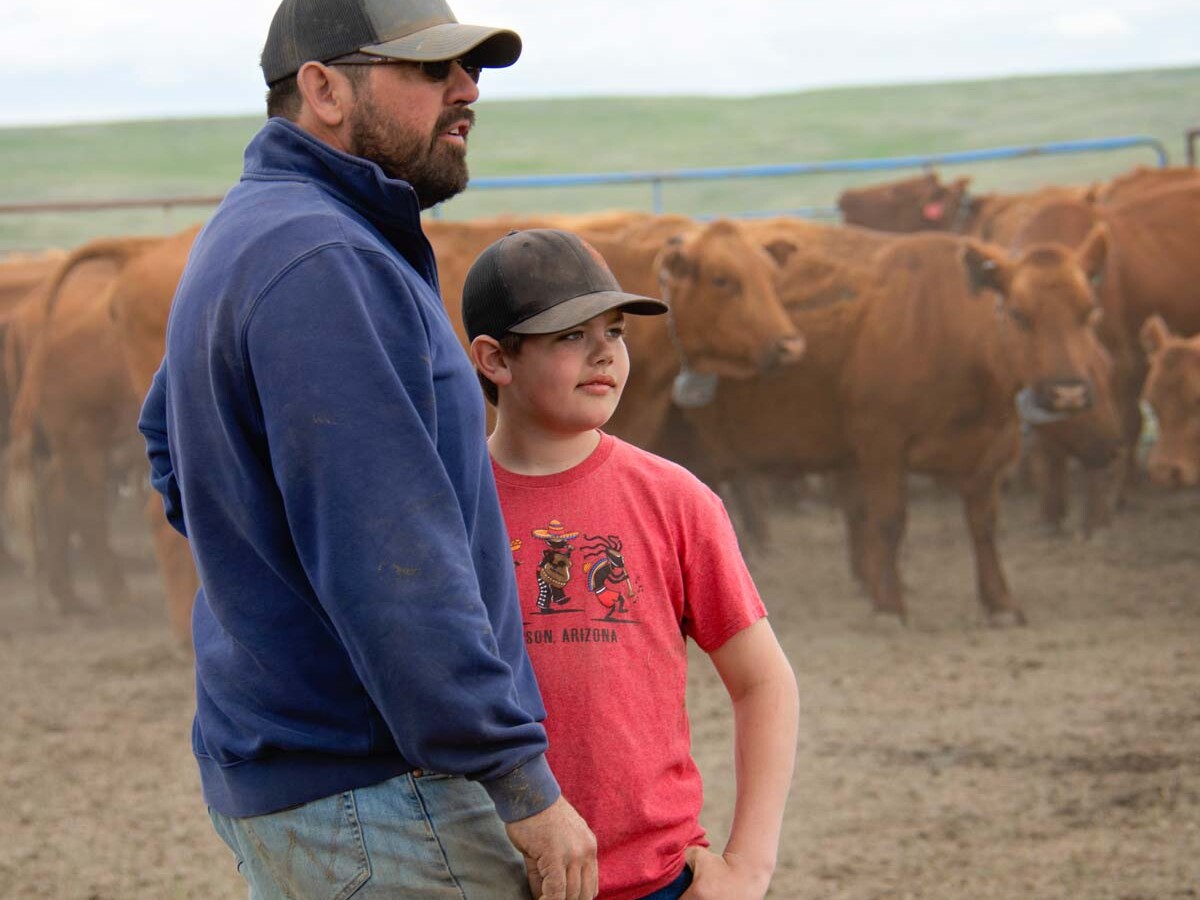
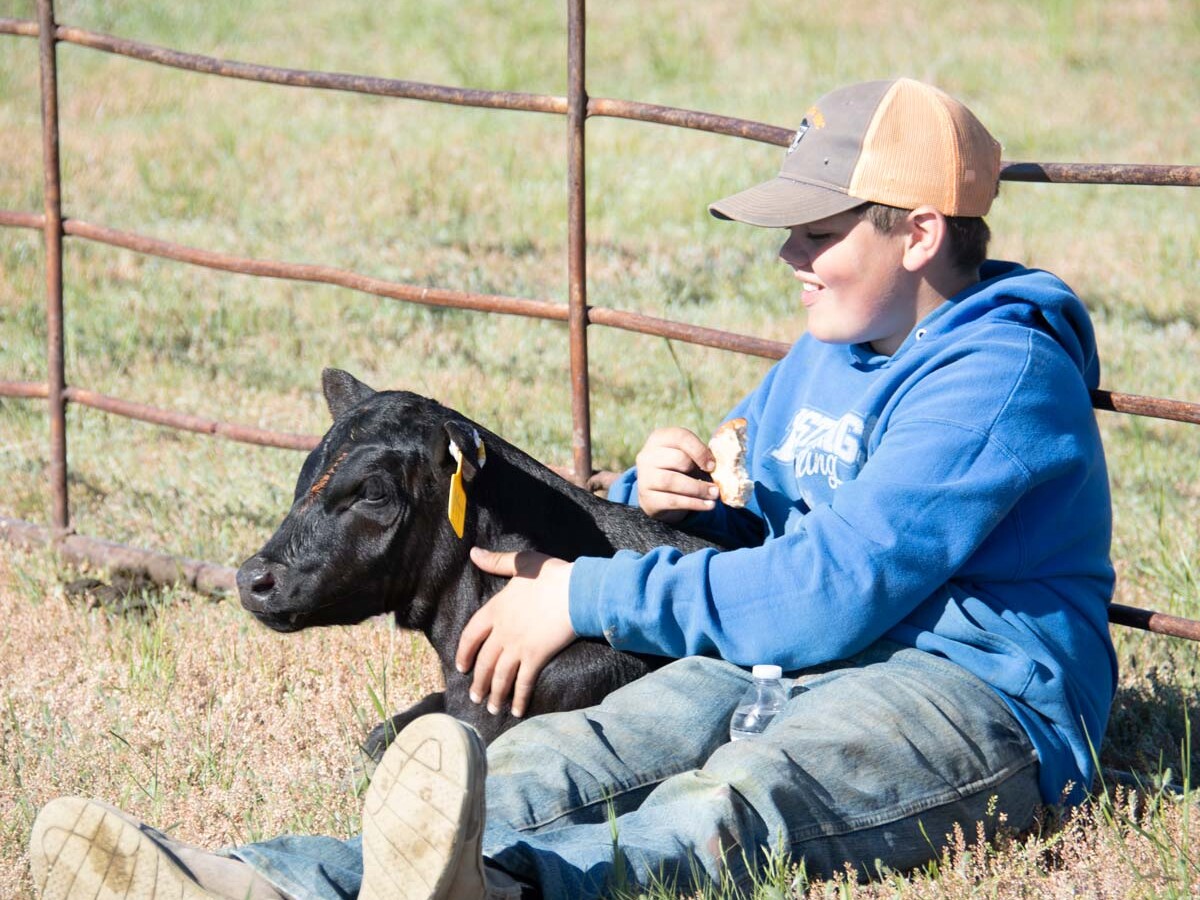
Nestled in the foothills of the Little Rocky Mountains, the Matador Ranch, managed by Caitlyn Kelly, is the oldest in north-central Montana. It covers 60,000 acres of native grasslands, home to abundant wildlife habitat and one of the planet’s most endangered biomes. The ranch aims to prevent land conversion and help ranchers maintain their herds.
The idea for the Matador originated after a severe drought in 2002, which led many regional ranchers to sell half their cattle. The Matador’s location in the mountains makes it more resilient to drought due to higher precipitation, as does low-density cattle grazing. The Matador is crucial for ranchers’ ability to adapt to climate challenges.
Bringing livestock here was transformative for the Merrimans. “When starting as a young producer, finding a place with good grass for leasing is challenging,” Merriman said.
Kelly agrees. “You need to make a profit to support your family, and affordable grazing helps. If a rancher adheres to everything, we offer discounts and can almost cut their grazing price in half.”
The grassbank fosters conservation and provides affordable grazing, helping early-career ranchers build capital. TNC’s model encourages ranchers to practice conservation on their home properties while receiving discounted lease prices at the Matador. One significant point is that ranchers were required to share pastures for their cattle, which led to more community building and sharing successful practices across the area—a cooperative nature that helps combat the sometimes-isolating nature of rural life. The ranch also supports mentorship and resource sharing, enhancing community ties and encouraging sustainable practices like rotational grazing to help sustain the rural way of life for current and future generations.
“The grassbank allows agricultural producers to build capital,” said Laura Nowlin, executive director of Winnet Aces, who is part of a joint effort to establish a new grass bank with TNC and Rancher Stewardship Alliance. “Local ranchers contribute more money to the local economy than any other industry, including recreation and tourism.”
Members also benefit from sharing equipment and exchanging knowledge with others. More established ranchers who have been in the business for decades sometimes lend out equipment to younger ranchers who cannot afford their own, creating a co-op feel within the community. Some ranchers excel at traditional cowboy skills like roping and riding, while others are skilled in corral work and low-stress livestock handling, allowing everyone to learn from one another.
“It’s part of the unwritten mentorship that happens,” said Kelly.
Merriman says that being a participating rancher on the Matador has helped expand their herd and save on grazing costs through conservation practices.
“We could not have bought our place without the Farm Service Agency down payment loan. And having the opportunity to run cows on the Matador has truly helped us stay on our land. They were lifelines. Without them, we would have never gotten started – or been able to keep going.”
Clifford Merriman
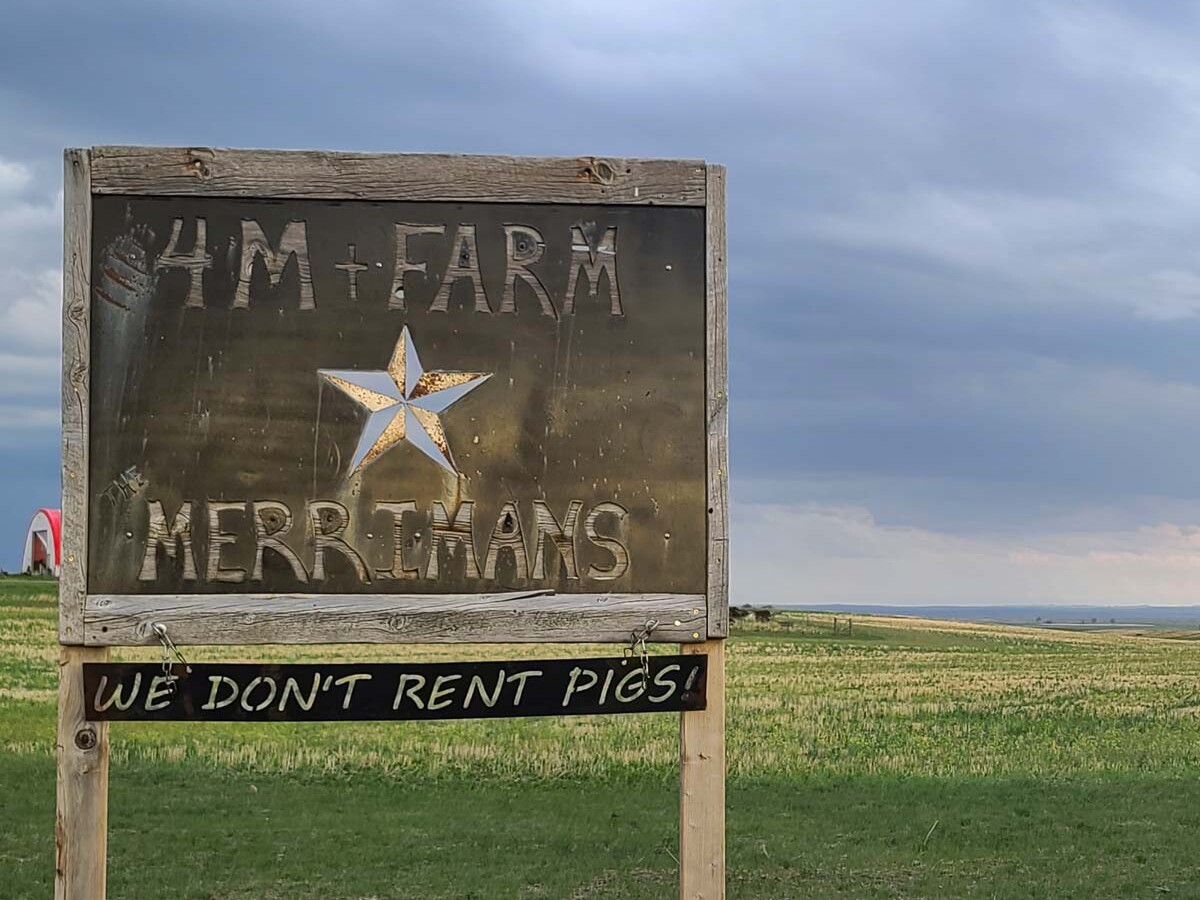
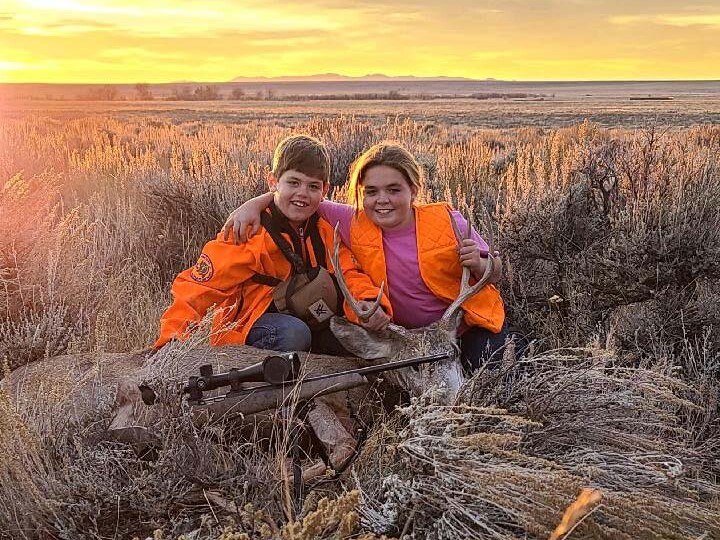
How The State Of Agriculture Is Changing
From 2017 to 2022, Montana’s ranches and farms decreased by 89%, mainly due to increasing land and equipment costs and urban development pressures. It now takes 400 cattle to feed a family of four profitably. With rising costs of calves, trucks, and diesel, ranchers are struggling to sustain their livelihoods.
Changing Demographics
- Two hundred years ago, during the American Revolution, 95 percent of the U.S. population either were farmers and ranchers or worked for them. Today, that number is less than 2 percent.
One hundred years ago, 97 percent of the population was rural; now, it is less than 1 percent. - According to the latest U.S. Department of Agriculture data, the average age of a U.S. farmer and rancher is 58 years old, with a trend toward an aging population, while the number farmers and ranchers between 35-64 is declining, based on the 2022 Census of Agriculture.
- Just 8 percent of the producers in Montana are under 35.
Disappearing Ranchland
- 1,500 acres of agricultural land are lost to development each month, highlighting the need for preservation.
- Ranches are a cornerstone of preserving intact prairie grassland in central and eastern Montana. Without ranching, native grasslands are vulnerable to habitat loss, reduced biodiversity, increased soil erosion, and nutrient loss, especially if the land is converted to farmland, leading to habitat loss, reduces biodiversity, increased soil erosion, and nutrient loss. It can also negatively affect water quality by increasing runoff. Once these areas are converted, re-establishing a native grassland ecosystem can be very challenging.
- From 1990 to 2020, Montana converted 1.3 million acres of undeveloped agricultural land into housing and urban sprawl.
Economic Impact
- Agriculture in Montana is a significant sector, generating $5.5 billion annually and supporting over 30,000 jobs.
- With around 27,000 farms and ranches on 58 million acres, the sector produces food for the state and global markets while providing crucial wildlife habitat.
Consolidation
- Industrial agriculture has transformed Montana’s farming and ranching communities, leading to land and resource consolidation that hampers small-scale farmers’ competitiveness.
- Small farms and ranches in Montana have disappeared by 10 percent over the last five years, but the average farm size is increasing from 2,150 acres to 2,375 acres.
- As a result, fewer family ranchers remain, making recruitment challenging.
Solutions
- Since the Farm Bill’s inception from 2014 to 2020, about 92 Agricultural Land program conservation easements have been implemented statewide, injecting $109 million into farm and ranch operations.
- Of this, $47.1 million has improved the financial health of these operations, facilitating land purchases; landowners used $43 million to reduce debt, promote expansion, and plan for family succession; and $14.4 million went toward equipment and supplies.
- This $109 million investment resulted in $182 million in economic relief, supporting 1,057 jobs and generating $41.5 million in rural labor income.
Becoming Part of Matador Ranch
To graze cattle at the Matador and earn conservation credits (a discount on grazing), ranchers must avoid sod-busting, or converting native rangeland into cropland, and develop a range management plan with TNC on their home property. Discounts are available for dedicating land to prairie dogs, sage grouse leks (bird surveys are conducted both at the Matador and participating ranches), and reseeding overgrazed areas. These discounts reduce the fair market value, benefiting about thirteen ranchers.
As ranchers follow conservation guidelines on their properties, they extend the conservation footprint of the Matador beyond its 60,000 acres to include these other ranches, totaling 300,000 acres of conserving habitat and wildlife biodiversity. Half of the ranches currently participating at the Matador hold conservation easements on their own properties, and many already collaborate with the US Fish and Wildlife Service on sage grouse issues. Original grassbank ranchers advocated allocating some Animal Units per Month (AUMs) – a unit of measurement used to quantify the amount of forage required by grazing animals for one month – to young, beginning ranchers.



